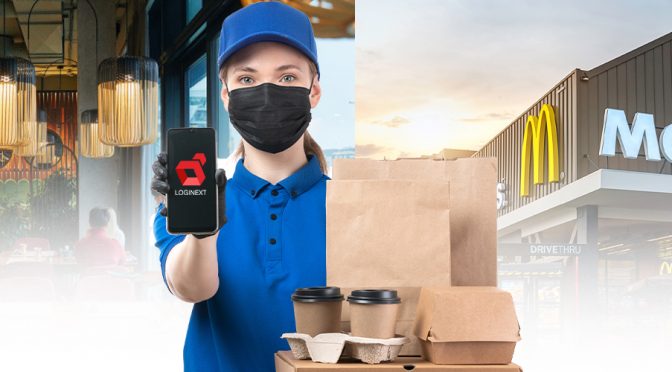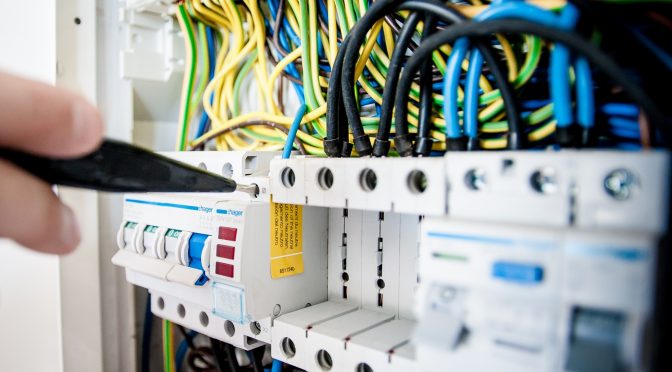
Would you shut down or own your deliveries? If you’re an upcoming restaurant or a large chain, this thought would have surely crossed your mind- what to do about food delivery? You started a restaurant to serve quality food to your customers but there are more pressing questions now. Especially during the pandemic. In […]

We’re thrilled to announce that LogiNext has been included as a case study at the prestigious Harvard Business Review. “LogiNext: An Indian Start-up Scales Challenges in the GCC Region” is the title of the case study and it centers around the company’s global success.
LogiNext’s field workforce optimization is machine learning-enabled planning engine which pulls in all the constraints such as preferred time slot visits, avoiding repeat visits, avoiding overlap or mirroring, and also to optimize the service time or time spent at each outlet

Static planning is a function of yesteryear. Wake up to new-age dynamic route planning for your field agent management. Most of Fortune 500 companies are maximizing the value of their active field agents using intelligent planning and optimization. It’s the most appropriate tool at the hand of managers to reduce costs and improve efficiency.

Case Study: How to Increase Sales Effectiveness by 25% in FMCG This is a story about effective field agent performance optimization and its resultant benefits. According to one of our major clients in the fast-moving consumer goods (FMCG) sector, field sales effectiveness was something that they wanted to increase as soon as possible. […]
A billion data points. One for every 8th person in the world. One for almost every vehicle in the world. Comprehensive location tracking data points encompassing more than three continents including North America, Asia, Northern Africa, and Southern Europe. It doesn’t get any bigger than this.

Fast Moving Consumer Goods companies across the world are building markets as they grow towards their ambitious targets. Some of these companies have high brand loyalty such as Johnson & Johnson, Nestlé, Mondelēz, P&G, Unilever, Pepsi, Coca-Cola, and even Philip Morris. Healthy distribution network is the most critical factor in guiding your products reach their intended users.

While your field agents move around, make sure their time is well utilized by topping up your field service management with real-time workforce tracking. This adds a layer of agility and responsiveness in your services. The manager can react in quick time in case of any delay or service disruption. The faster reaction time also gives the companies the ability to capture key market insights at the right time.

Many industry experts have stated that their field workforce management leaves them with a lot to desire for. As we know the first step to effective field service management is getting the right person for the work. Once you have that, things should be a cakewalk, but it often isn’t. Why does this happen? And what can you do avoid that?

To perfect field service automation and optimization, you must assess the knowledge base and abilities of your workforce and automate allocation of specific tasks requiring a particular set of skills to the field service professional possessing the same set. This would bring down the probability of dissatisfaction for your customer by dispatching the perfect field agent suited for the customer’s problem.

